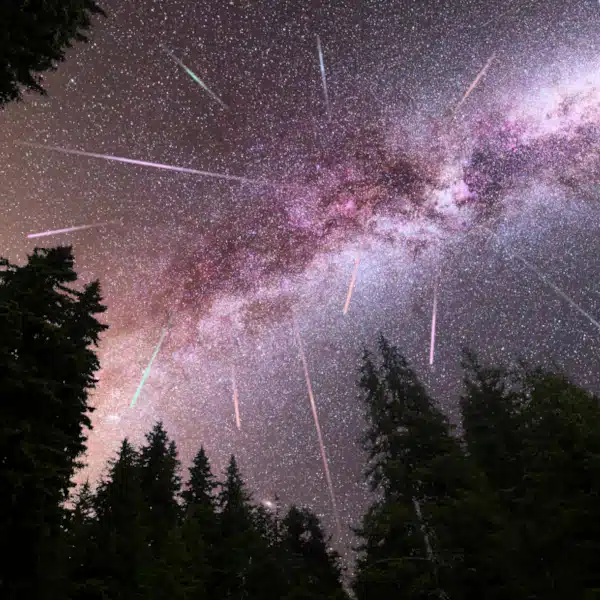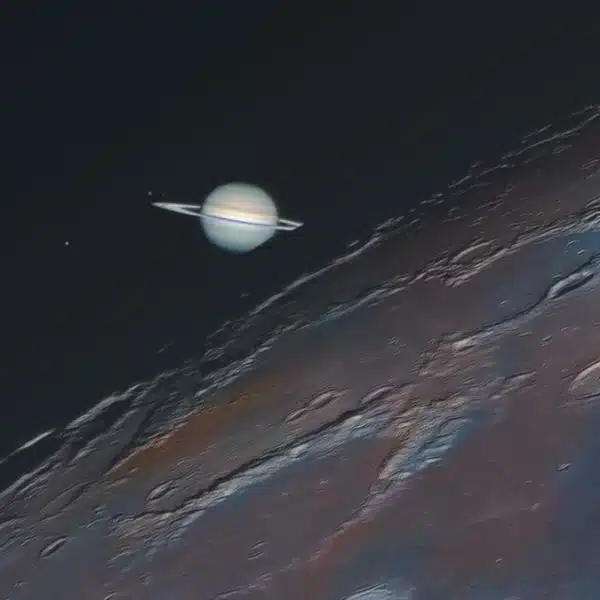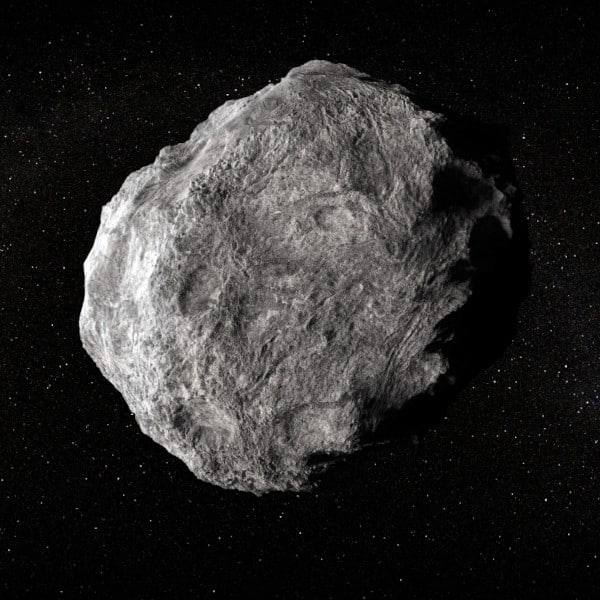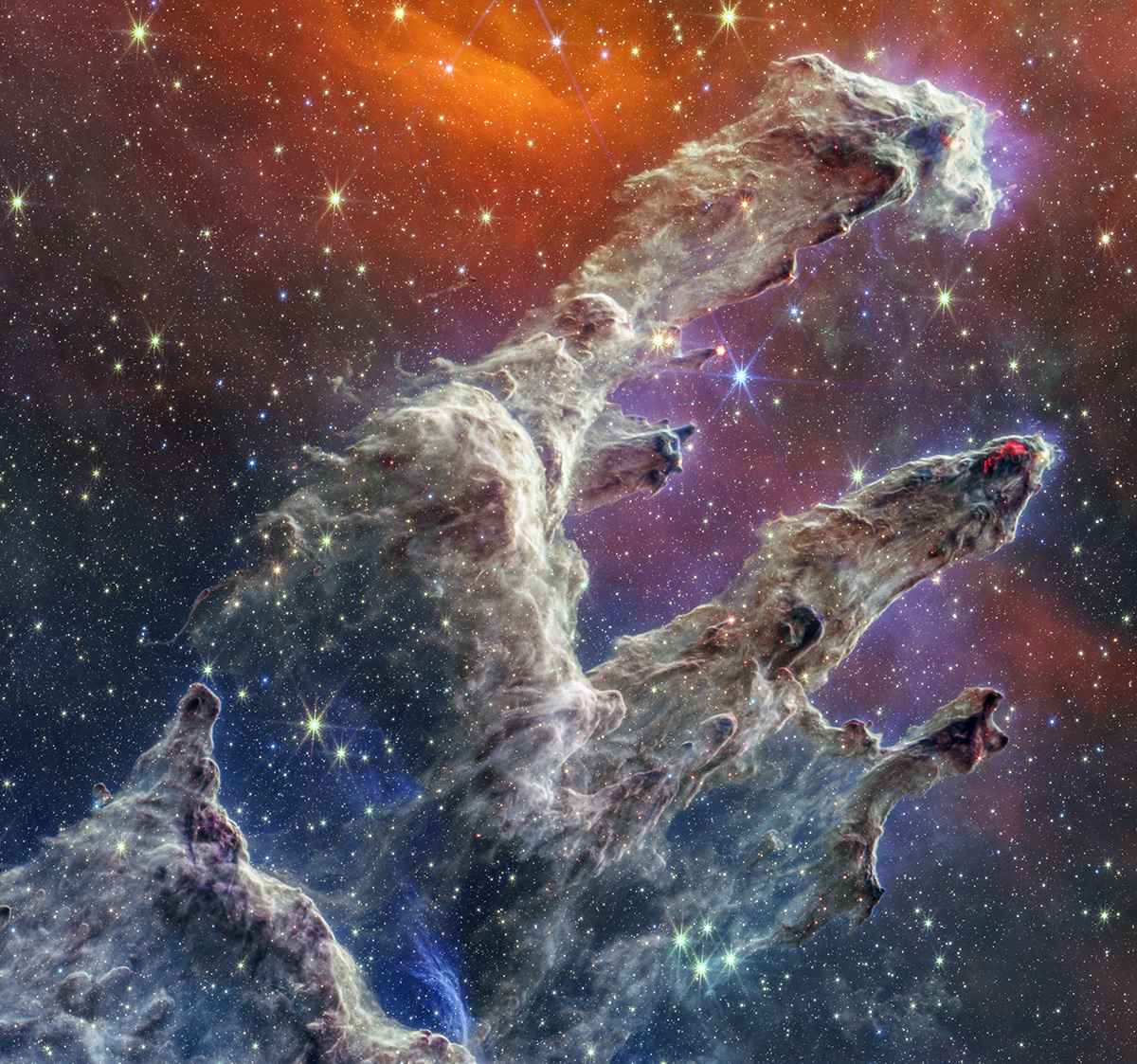
An image of the Pillars of Creation created by combining the James Webb Space Telescope NIRCam and MIRI image. (Photo: SCIENCE: NASA, ESA, CSA, STScI
IMAGE PROCESSING: Joseph DePasquale (STScI), Alyssa Pagan (STScI), Anton M. Koekemoer (STScI))
NASA's James Webb Space Telescope (Webb) has revolutionized the science of astronomy in the year since its launch on Christmas Day 2021. From stunning hi-res images of Jupiter to detailed, sparkling shots of the Tarantula Nebula and the Cartwheel Galaxy, every image returned to Earth has pushed boundaries of beauty and knowledge. Webb's latest image of the Pillars of Creation—gas and dust pillars within the Eagle Nebula—combines Near-Infrared Camera (NIRCam) and Mid-Infrared Instrument (MIRI) footage to spectacular effect.
The Pillars of Creation were first photographed by the Hubble Space Telescope Wide Field and Planetary Camera 2 in 1995. Webb released an updated image in October of 2022, but the latest shot combines near and mid-infrared light. The columns are made of cool gas and dust centered in a field of star creation.” When knots of gas and dust with sufficient mass form in the pillars, they begin to collapse under their own gravitational attraction, slowly heat up, and eventually form new stars,” says the Webb team. “Newly formed stars are especially apparent at the edges of the top two pillars – they are practically bursting onto the scene.”
The red spots visible on the tip of the second pillar indicate young, actively forming stars which send out supersonic jets that interact with the gas and dust. While the mid-infrared image captures the layers of dust that make up this formation, the near-infrared highlights these stars. Combined, the image is the best view yet of this celestial marvel.
Like the October Webb image, this new image will, according to the European Space Agency, “help researchers revamp their models of star formation by identifying far more precise star populations, along with the quantities of gas and dust in the region. Over time, they will begin to build a clearer understanding of how stars form and burst out of these dusty clouds over millions of years.”
The James Webb Space Telescope has released another image of the magnificent Pillars of Creation, combining Near-Infrared Camera (NIRCam) and Mid-Infrared Instrument (MIRI) footage.
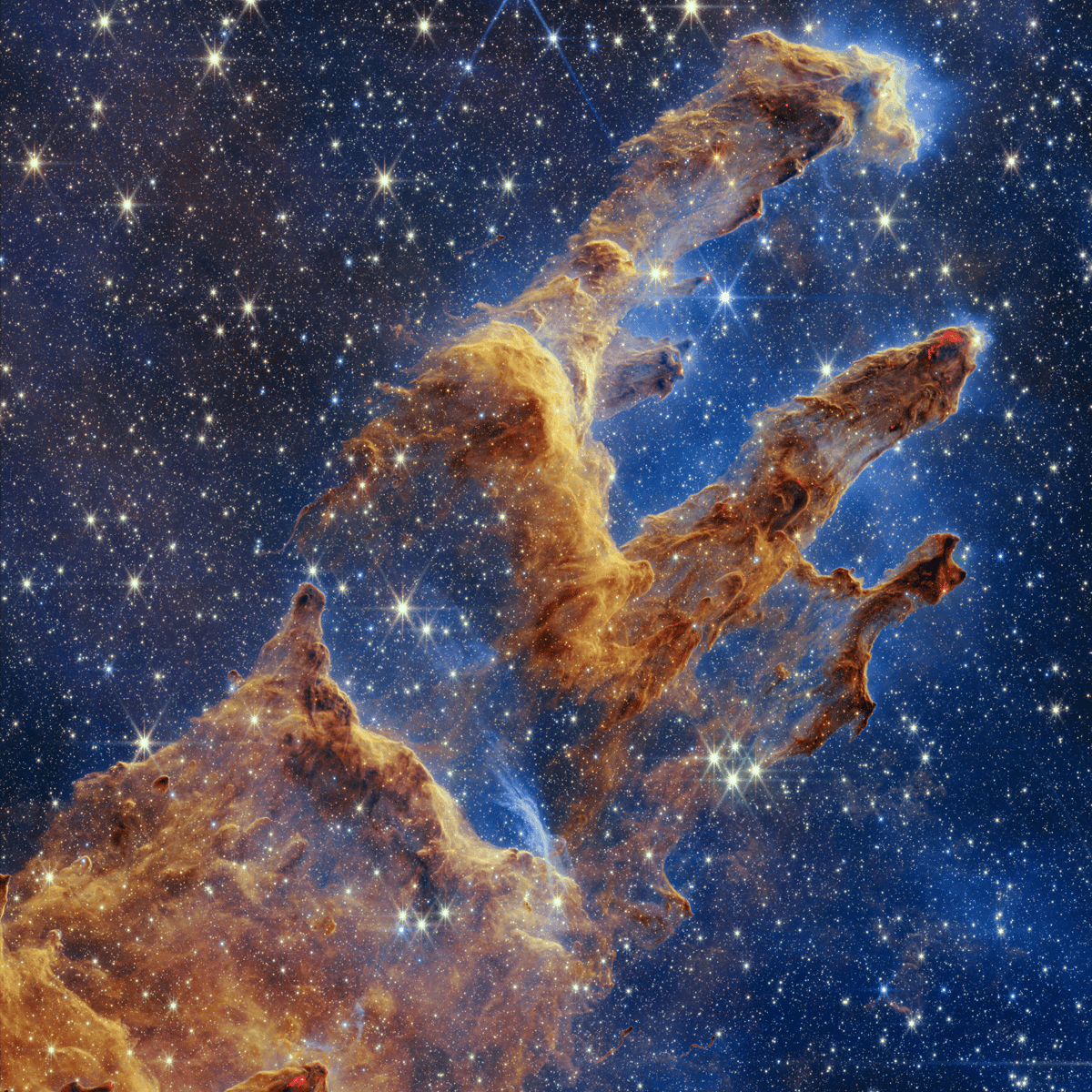
The Pillars of Creation as photographed in October 2022 by the JWST. (Photo: NASA, ESA, CSA, STScI; J. DePasquale, A. Koekemoer, A. Pagan (STScI))
The gorgeous image shows celestial dust and sparkling stars.
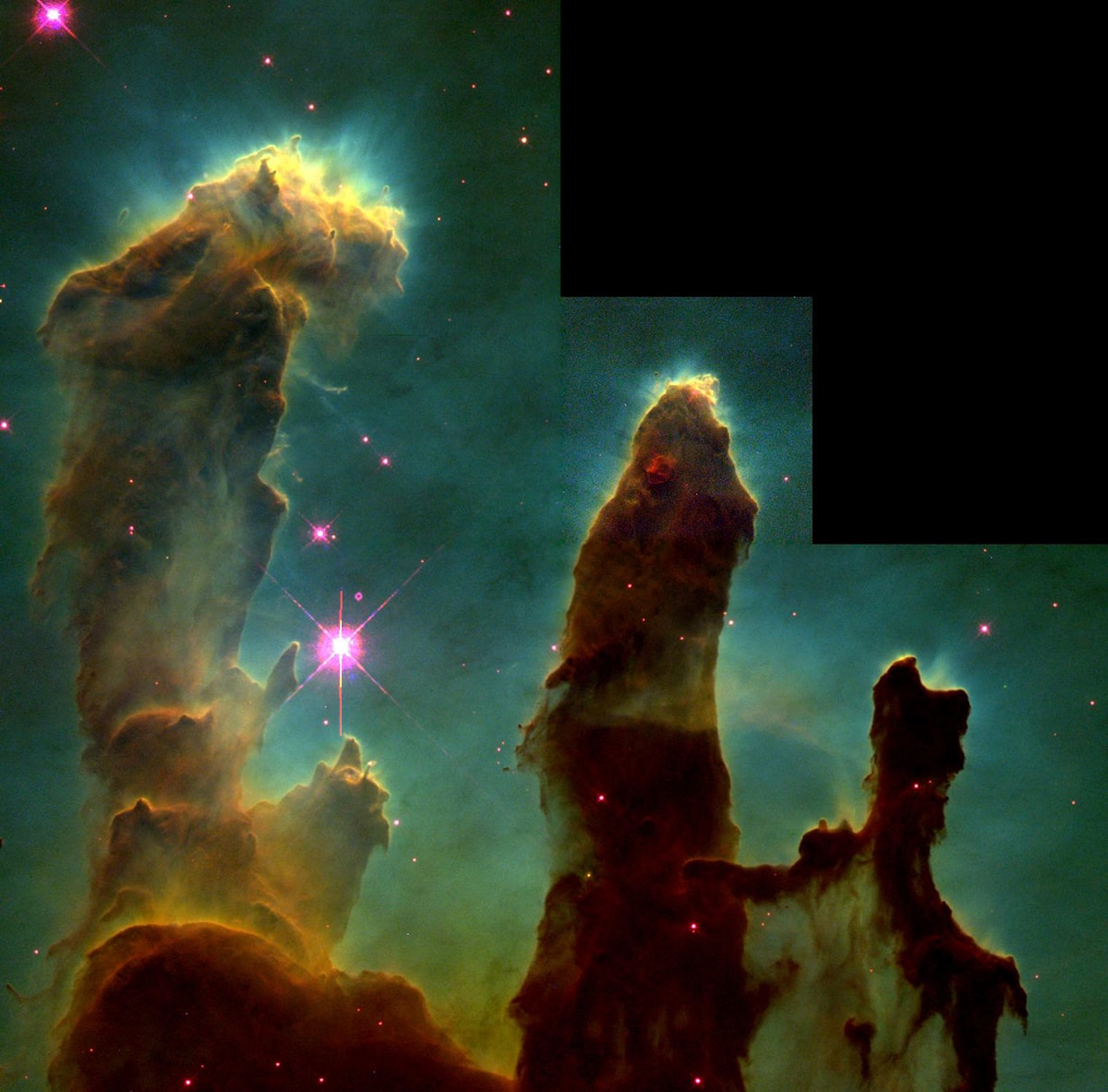
The Pillars as captured in 1995 by Hubble. (Photo: NASA, ESA, STScI, J. Hester and P. Scowen (Arizona State University))











































































